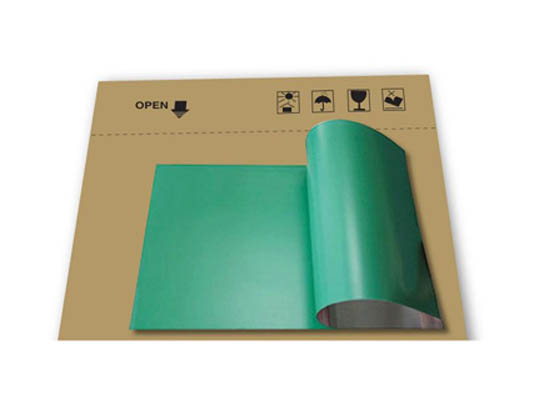What Is Thermal CTP Plates?
The thermal CTP plate has a low sensitivity to natural light and is exposed by infrared laser, so it can be operated under bright room conditions.
Thermal CTP plate features
(1) The Parking Drum Brake Cable has a low sensitivity to natural light and is exposed by infrared laser, so it can be operated under bright room conditions.
(2) The thermal plate must generate the image and must reach the initial thermal threshold. The thermal energy above the initial threshold does not change the shape of the dot. It is the only technology that can control the predicted results. The quality is easy to control, the publishing quality is stable, and after exposure. The plate can be extended to 6 months before development, and there is no slight impact on the quality of the plate.
(3) The thermal plate has good dot reproducibility, high resolution and sharp edge of the dot, easy to achieve ink balance during printing, good printability, and the printing durability of the plate after baking is 100. More than ten thousand.

CTP Plate
The thermal CTP plate has a wide selection of technologies such as heat-dissolving type, thermal etching type, photo-etching type, thermal cross-linking type, and degradable type. The heat-sensitive printing plate has both direct imaging and through the masking layer. Indirect imaging. The following two types of thermal CTP versions are described below.
1. Hot melt type
Composition: light source, aluminum plate without need for roughening, ink layer, PVA layer (for conventional offset printing), silica gel (for waterless offset printing).
Principle: Using a semiconductor laser diode, the image portion is melted to expose the oleophilic layer below, and the residue on the plate is removed to prepare for printing on the machine.
Features: Non-chemical treatment process, from the perspective of environmental protection, it is especially worth promoting the use of the thermal CTP version. Second, you can work in the bright room. As far as the Pearl type is concerned, the printing power is slightly lower (50,000 printed), but it has now increased to 100,000.

Double CTCP Plate
2. Heat cross-linking type
Composition: roughened aluminum plate, single layer PS photosensitive layer.
Principle: After reaching a certain temperature by the heat of infrared rays instead of the spectrum, some of the polymers in the photosensitive layer undergo thermal crosslinking reaction to form a latent image; reheating causes the molecular compounds in the graphic part to further crosslink and reflect. It is because the graphic portion is not dissolved in the alkaline developing solution. It is worth mentioning that the blank portion also undergoes partial reaction during preheating, so the image of the blank portion is removed during development. If the temperature is too high, a hot mist will form on the plate; if the temperature is too low, the image will be faded or weakened.
Features: There is almost no relationship between exposure time and exposure energy. In other words, below the energy threshold, external conditions do not affect the quality of the plate; beyond the energy threshold, the size and clarity of the dots are unaffected. Therefore, there is no underexposure and overexposure; the nature of the graphic part is very stable, even after six months of exposure, the plate is still available; in addition, the heat-crosslinked plate has low sensitivity to natural light. It can therefore be operated under the bright room, and only conventional plate making equipment is needed for processing.
